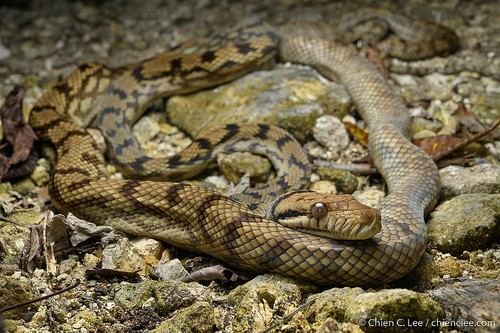
Amethystine Python
The Amethystine Python dazzles with its iridescent scales, thriving in lush rainforests. As a skilled nocturnal hunter, it regulates bird and mammal populations, showcasing its ecological importance. Its remarkable size and shimmering beauty captivate both nature lovers and herpetology enthusiasts.
20 years
Lifespan
Brown, Grey, Yellow, Black, Gold, Orange
Color
Medium
Aggression
Least Concern
Conservation Status
Stable
Population Trend
Characteristics
Simalia amethistina, commonly known as the Amethystine Python, is native to the rainforests and tropical regions of Australia and New Guinea. It is one of the largest python species, with iridescent scales that shimmer in sunlight. This nocturnal predator primarily feeds on birds and mammals, playing a crucial role in controlling their populations.
Distribution Range of the Amethystine Python
Simalia amethistina, commonly known as the Amethystine Python or Scrub Python, is native to Indonesia, Papua New Guinea, and Australia. In Australia, it is primarily found in the northeastern parts, specifically in Queensland.
Amethystine Python's Habitat
Environmental Conditions
The Amethystine Python inhabits tropical and subtropical rainforests, savanna woodlands, and mangroves. It prefers warm, humid environments typically found in these regions, with temperatures ranging from 24°C to 30°C (75°F to 86°F) and high levels of humidity.
Ecological Niche
As a large constrictor, the Amethystine Python occupies a predatory niche within its environment. It primarily preys on small mammals, birds, and occasionally other reptiles. This species is arboreal and terrestrial, often found in trees but also on the ground, which allows it to exploit a variety of prey and habitats effectively. Adaptations such as its cryptic coloration help it blend into the forest canopy and underbrush, aiding in both predation and avoiding detection by predators.
Copyright @ Nature Style Limited. All Rights Reserved.
 English
English